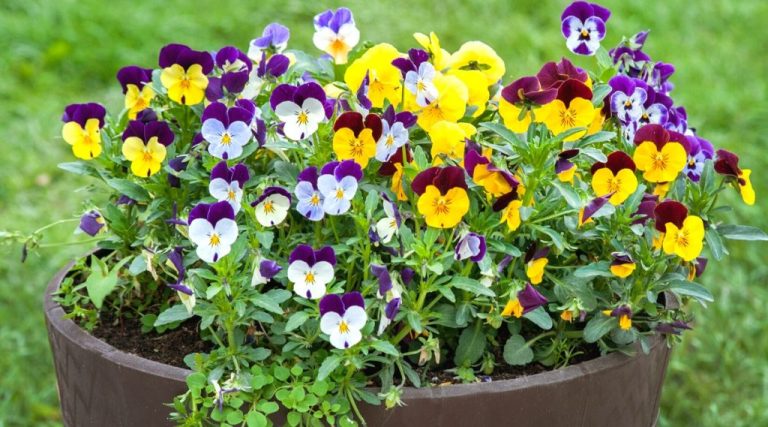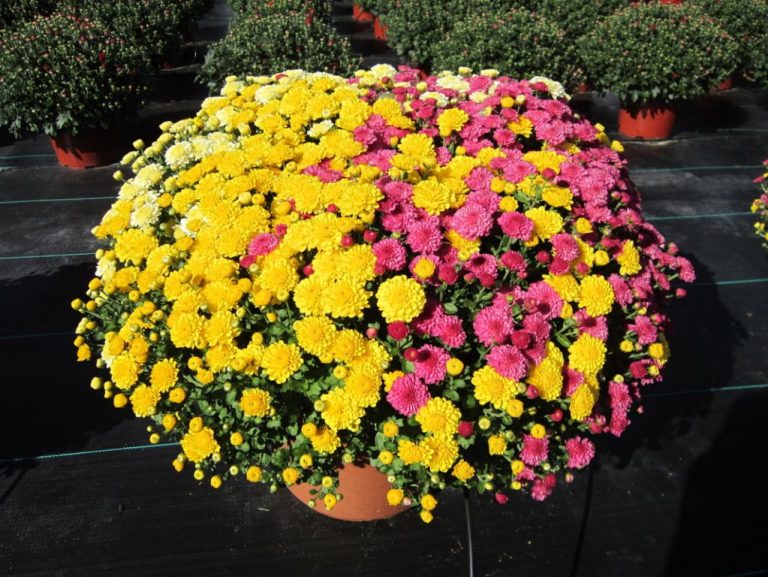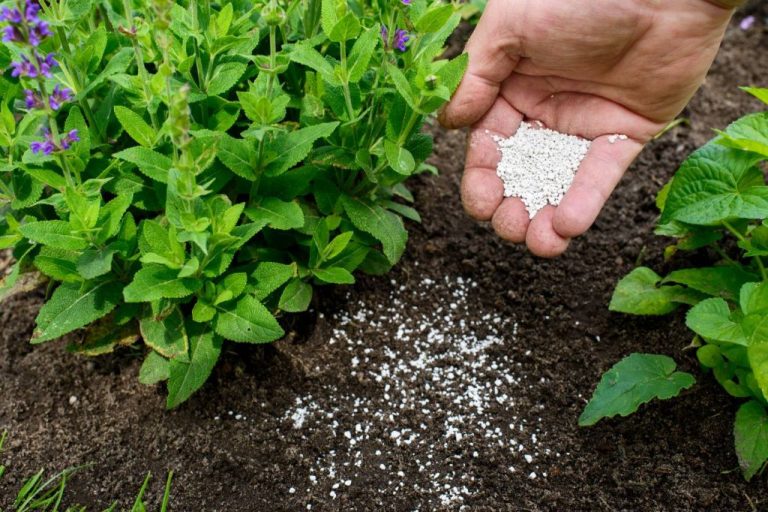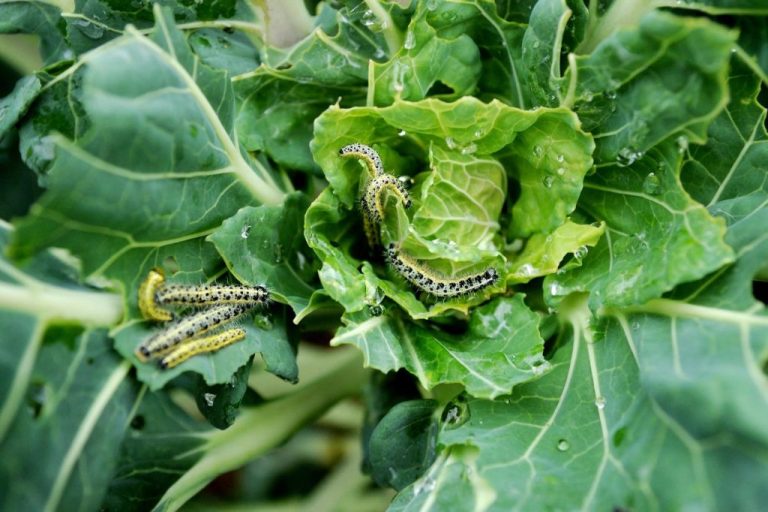Summer Garden Maintenance Checklist: Keeping Your Garden In Shape
Introduce the Topic
Summer is the peak season for tending to gardens and landscapes. Proper maintenance during the summer months is crucial for promoting the health and productivity of plants.
The main goals of summer garden care include keeping plants hydrated, controlling weeds, preventing and treating pests and diseases, fertilizing judiciously, deadheading spent blooms, pruning strategically, and applying mulch. Proper summer care ensures plants are thriving, increases flowering and fruit yields, enhances aesthetics, and prepares the garden for the fall.
This summer garden maintenance checklist covers the key tasks gardeners should be aware of to keep their landscape looking its best. Following these tips will lead to a lush, vibrant, and productive garden all season long.
Watering in the Summer
Proper watering is crucial for summer garden health. The best time to water is early in the morning before the day heats up. Watering early allows the moisture more time to soak into the soil before evaporating in the sun and heat of midday and afternoon (source).
Aim to water deeply and infrequently. Generally 1-2 times per week is sufficient, but monitor your specific garden’s needs. Apply water slowly at the base of the plants until the top 5-6 inches of soil are moist (source). Deep watering encourages roots to grow downward.
Signs of underwatering include wilting, drooping, brown leaf edges, and stunted growth. Overwatering may cause foliage yellowing, root rot, mushrooms, or pests. Adjust frequency and depth based on your observations.
Weeding
Weeding is an important task for any summer garden. Staying on top of weeds can help your desirable plants thrive by reducing competition for water, nutrients and sunlight. Weeds that are allowed to grow and go to seed will continue to plague your garden for years to come.
Some common summer weeds to watch out for include:
- Crabgrass – Pull crabgrass out by the roots before it can spread. It thrives in hot weather.
- Bindweed – Very invasive vine that wraps around plants. Needs extensive digging out of the roots.
- Dandelions – Pull these out before they turn into puffballs and spread seeds. Get the taproot.
- Nutsedge – Tough root system but shallow roots make it easy to hand pull.
- Purslane – Succulent-like weed that spreads along the ground. Easy to pull but avoid contact with skin.
Get to weeds when they are small for easy removal. Use a hoe, cultivator or hand pull weeds. Mulching can help reduce future weeds. Be persistent and don’t let weeds take over your garden beds.
Pest Control
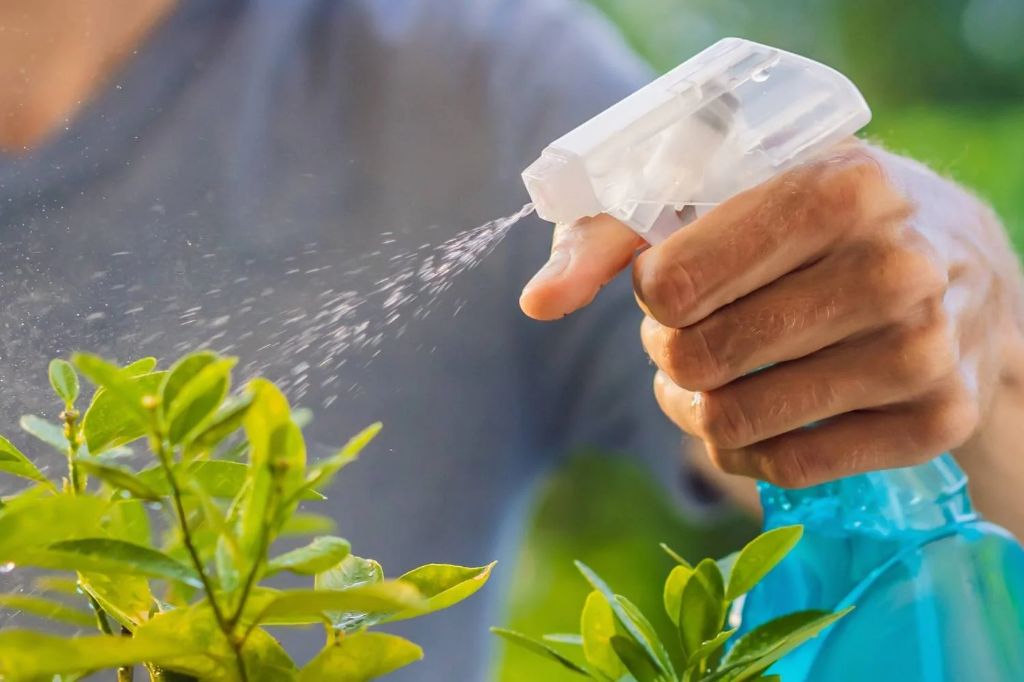
Common summer garden pests include aphids, Japanese beetles, squash bugs, tomato hornworms, and spider mites. These pests can quickly damage vegetable plants and flowers if left unchecked. The good news is there are safe, organic ways to control pests without using harsh chemicals.
Products containing neem oil, which comes from the neem tree, can be effective against many pests including aphids, whiteflies, and spider mites (1). Neem oil can be found in ready-to-use sprays or concentrated formulas to mix with water. Insecticidal soaps are another organic option that kills soft-bodied insects like aphids on contact. Soaps containing potassium salts of fatty acids penetrate the insect’s exoskeleton and disrupt cell membranes (2). Monitor plants frequently to identify pests early and spot-treat affected areas.
Other organic solutions include using row covers or netting to physically exclude pests, handpicking larger insects, and introducing beneficial insects like ladybugs or lacewings which prey on certain pests. Maintaining garden cleanliness by clearing debris and diseased plants also helps reduce pest issues. With vigilance and early action, organic methods can effectively control summer garden pests.
(1) https://www.lawnstarter.com/blog/gardening-2/organic-pest-control-that-works/
(2) https://shiplapandshells.com/natural-and-organic-garden-pest-control/
Fertilizing
Fertilizing your garden is critical in the summer to replenish nutrients that plants need for optimal growth and production. As plants grow rapidly in the summer heat, they deplete nutrient reserves in the soil. Fertilizing ensures plants have enough key macronutrients like nitrogen, phosphorus and potassium as well as micronutrients like iron, manganese and zinc.
Look for organic fertilizers that provide a slow, steady release of nutrients over the summer months. Options include compost, compost tea, worm castings, fish emulsion, seaweed extract, manure or organic granular fertilizers. Always follow label instructions for proper dilution and application. Target both established plants and any new plantings that need an extra nutrient boost. Fertilizing in the summer will lead to healthier, more productive plants that continue thriving into the fall.
Deadheading
Deadheading is the practice of removing spent flowers from plants throughout the growing season. It’s an important maintenance task for summer gardens for several reasons:
Deadheading prevents plants from developing seeds, which diverts their energy into producing more flowers instead of setting seed. This extends the blooming period for many annuals and perennials.
Removing faded flowers improves the overall appearance of the garden by taking away the old, dried out blooms. It gives a tidy, cared for look.
For some plants, like geraniums and petunias, deadheading triggers new growth which fills out the plant with lush foliage and more flowers.
When deadheading, use clean, sharp pruners or scissors. Make cuts just below the spent flower head, above a leaf node. Pinching off flowers with your fingers works for some plants too. Here are tips for properly deadheading common garden plants:
- Annuals like marigolds, zinnias, pansies: Pinch or snip off spent blooms any time.
- Roses: Cut back to the first 5-leaflet leaf below the faded flower.
- Perennials like Shasta daisies, coneflowers, salvias: Cut back to a leaf node or side shoot.
- Deadhead plants like lilies so seed pods don’t form.
Make deadheading a regular routine, checking plants at least weekly. Your efforts will be rewarded with a vibrant, floriferous summer garden.
3. Pruning
Proper pruning is important for a healthy garden. According to Oxford Garden Design’s article on Summer Garden Pruning Tips, judicious pruning in summer helps “keep plants in shape by curtailing over-exuberant growth.” It promotes blooming by removing spent flowers and improves air circulation to minimize fungal disease. However, pruning should be done with care during hot summer months. The same source cautions gardeners to “avoid hacking back growth in the heat of the day” which can stress plants.
For summer pruning, focus on trimming back fast-growing plants like hedges and climbing roses. Target dead, diseased or crossing branches first. Make cuts just above leaf nodes at a 45 degree angle to encourage outward growth according to Oxford Garden Design. Remove suckers and watershoots around tree bases. Follow fruit trees’ natural shape but thin crowded branches for good air flow. Lightly shape ornamental grasses and shrubs after first flowering. With careful attention, summer pruning will keep your garden looking its best.
Mulching
Mulching your garden in the summer provides many benefits to your plants and soil. Adding a layer of mulch helps retain moisture so you don’t have to water as often. Mulch also prevents weeds from sprouting up and competing with your garden plants for nutrients and light. Additional benefits of summer mulching include:
- Keeps soil cool – Mulch acts as an insulating later, preventing extreme temperature fluctuations.
- Reduces soil compaction – A mulch layer minimizes foot traffic impacts.
- Improves soil health – As organic mulches break down, they add nutrients to the soil.
The best mulches to use in summer are:
- Wood chips – These larger chunks of bark and wood are great for moisture retention.
- Shredded bark – Shredded mulch allows for good airflow to plant roots.
- Straw – Lightweight and effective at suppressing weeds.
- Pine needles – Acidic pine needles work well for acid-loving plants.
- Leaves – Fallen leaves make an excellent free garden mulch.
Aim for 2-3 inches of mulch in your summer garden beds. Replenish as needed if mulch depth decreases over time.
Harvesting
Maximizing your summer garden vegetable and herb harvest requires diligent harvesting. Pick crops like lettuce, spinach, and herbs in the early morning when they are crisp and full of moisture (Seattle Times). For crops like tomatoes, peppers, beans, and squash, wait until midday when the sun has dried the morning dew to prevent spreading disease (LandHub).
Check your garden daily for ripe produce. Vegetables like cucumbers and summer squash grow quickly and will soon become overripe and bitter if not harvested promptly. Use pruning shears for a clean cut when harvesting herbs like basil to encourage new growth. Ripen green tomatoes indoors out of direct sunlight.
Proper storage keeps your summer bounty fresh longer. Store leafy greens and herbs in perforated plastic bags in the refrigerator crisper drawer. Keep tomatoes, peppers, eggplant, and squash at room temperature out of direct sunlight. Freeze or can excess produce so it doesn’t go to waste. With diligent harvesting and storage, you can enjoy the flavors of summer year-round.
Fall Prep
Preparing your garden beds and soil in late summer and early fall is crucial for next year’s growing season. Proper fall garden preparation sets the stage for an abundant, healthy spring garden. There are several important steps to take in fall to get your garden ready for winter and the next growing cycle.
Start by clearing any remaining plant debris, fallen leaves, weeds and spent plants from the garden beds. Compost or discard any diseased plant material to prevent disease carryover. Next, add organic matter like compost, manure or leaf mold to replenish nutrients. Tilling or digging beds in fall allows time for the organic matter to become incorporated into the soil over winter. Leave space between plants and rows when planting fall crops to make spring bed prep easier.[How to Prepare Your Vegetable Garden for Fall](https://www.thespruce.com/preparing-your-vegetable-garden-for-fall-1402167)
If pests or disease were a problem during summer, try rotating next year’s crops to different beds. This helps disrupt pest and disease cycles. Cut back any overgrown perennials and prune trees/shrubs to remove dead wood. Removing debris improves air circulation and light penetration to beds.
Test soil pH and nutrients in fall and amend as needed so any amendments have time to fully integrate. Install cover crops like clover or rye in unused beds – the root systems prevent soil erosion and add organic material when tilled under in spring.


